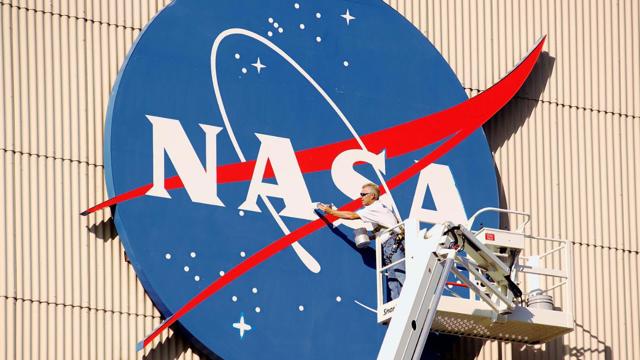NASA's Strategic Workforce Adjustment
NASA has announced a series of initiatives aimed at streamlining its workforce as part of a broader organizational restructuring. The agency is offering civil servants options such as a Deferred Resignation Program (DRP), Voluntary Early Retirement Authority (VERA), and Voluntary Separation Incentive Program (VSIP). This move is positioned as a vital step to maintain the agency's capability to fulfill its ongoing missions while reducing overall headcount.
The communication about these programs went out to all NASA employees on June 9, 2025, with specific eligibility criteria that vary based on individual circumstances. Acting Administrator Janet Petro emphasized in a memo that employees will have a 45-day opt-in period to make this critical decision, allowing them to carefully consider what best suits their personal and professional lives.
Open Communication and Support
In her message, Lisa Ziehmann, Associate Director at Langley Research Center (LaRC), reassured employees of the commitment to open communication during these changes. She announced a Town Hall scheduled for June 10, where staff can expect to receive more details about the separation programs and upcoming informational sessions.
The agency aims to ensure that individuals have the necessary support to navigate these decisions thoughtfully. As per the agreement, employees who choose the DRP will not experience pay or benefit reductions while being exempted from in-person work obligations until a specified date, allowing them a degree of flexibility and comfort during the transition.
Voluntary Separation Agreement Details
The finalized Deferred Resignation Program operates from June 9 to July 25, 2025, offering eligible employees certain benefits along with waivers of rights. The program is designed particularly with individuals aged 40 and above in mind, conforming to stipulations under the Age Discrimination in Employment Act to ensure fair treatment.
Employees must review the agreement comprehensively, acknowledging their understanding of the terms and their right to consult with legal counsel before committing. Importantly, participants have a 7-day revocation period post-signature, during which they can reconsider their choice.
Looking Ahead: Challenges and Changes
This initiative arrives amid substantial changes at NASA, including anticipated budget adjustments. Observers are left speculating on how forthcoming congressional decisions—like budget restoration or possible continuing resolutions—might affect these workforce cuts. There’s a palpable concern surrounding the agency's leadership, particularly in the absence of a permanent administrator, which raises questions about future advocacy for NASA’s goals and budgetary needs.
As the agency embarks on this restructuring journey, NASA leadership has been proactive, encouraging employees to share suggestions for improving efficiency. Following hundreds of employee contributions, an organization realignment is planned to bolster NASA’s mission-centered approach, aligning human resources effectively to meet future goals.
The current scenario requires critical reflection from workforce members on their careers amidst organizational change. NASA aims to uphold its legacy of innovation, resilience, and commitment to exploration, as emphasized by Janet Petro in her communication to colleagues. The strength of NASA lies in its people, and the way they adapt will define the agency's future.
Bias Analysis
Key Questions About This Article




